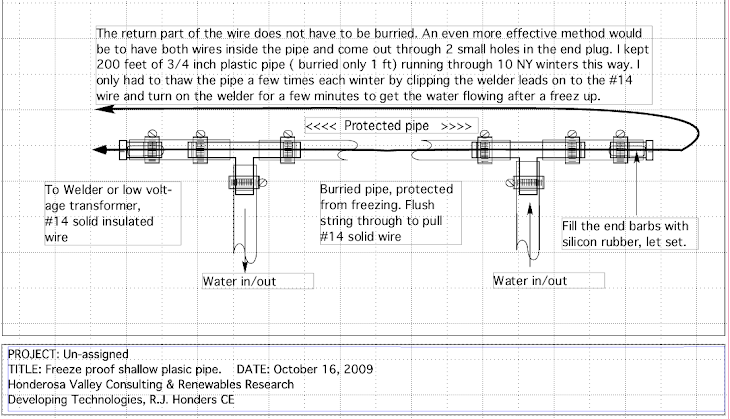 HVC.RR
HVC.RRHonderosa Valley Consulting and Renewables Research
One has to remember that actual work done is force delivered times the distance that the force moved (the object) (per unit of time). So if you break a sweat pressing on an immovable wall with 100 lb pressure for several hours, you have done zero work! Because Work=Force X Distance, so 100Lb X zero distance= zero work no matter how long a time you press. But move the wall (or weight) 1 foot with your 100 Lb pressure exerted and you've done 100 ft lbs worth of work. If you do this amount of work in 1 second then you have produced about 1/5th of a horse power (HP) for that second . (550 ft lbs per second = 1 HP) One HP = about 746 watts, so you could have lit up a 100 watt light bulb for about 1.2 seconds with that work you just did. So keep lifting a 100 lb weight 1 ft every second and that is what it takes to light one light bulb!! (Approximately, there are some losses associated with the conversion of the mechanical up and down motion to electrical energy.)
In this photo you are looking at about 6000 Gal/Minute dropping through 200 feet.
Now let's relate that to hydro power.
A gallon of water weighs about 8 Lb. So if you run (drop) 13 Gal/sec (about 100 Lb) through 100 feet of height in 1 second, your total energy would be about 100 lb X 100 ft =10,000 ft lbs/ sec. divide this by 550 ft/lbs per second per HP and we get 18 HP. So at 746 W per HP our gross power in watts = 13,000W. If we sum up all the losses due to friction / heat generated etc we would probably end up with about half of that as usable electrical energy. So we could light up about 70, 100W light bulbs for as long as the water flows at 13 gal/sec or 780 gal / min. (Can you fill 3, 250 gal (standard oil) tanks in 1 minute from your water source and pipe it down hill 100 feet vertical?) Or a 5 gal pail in 1 second? Compare your stream to these kinds of estimates to get an initial approximation of potential.
If I close the valve down in my power house the pressure reads 93 PSI. This is analogous to the pressure exerted on the immovable wall above. No movement (distance = 0) no work. When I open the valve fully the water forces its way through the turbine and out the discharge (draft tube) at a rate of 750 Gal/minute. The inlet pressure drops slightly to 90 psi due to the friction the now moving water encounters against the pipe walls. These are the stats for the smaller of the two turbine / generator setups.








